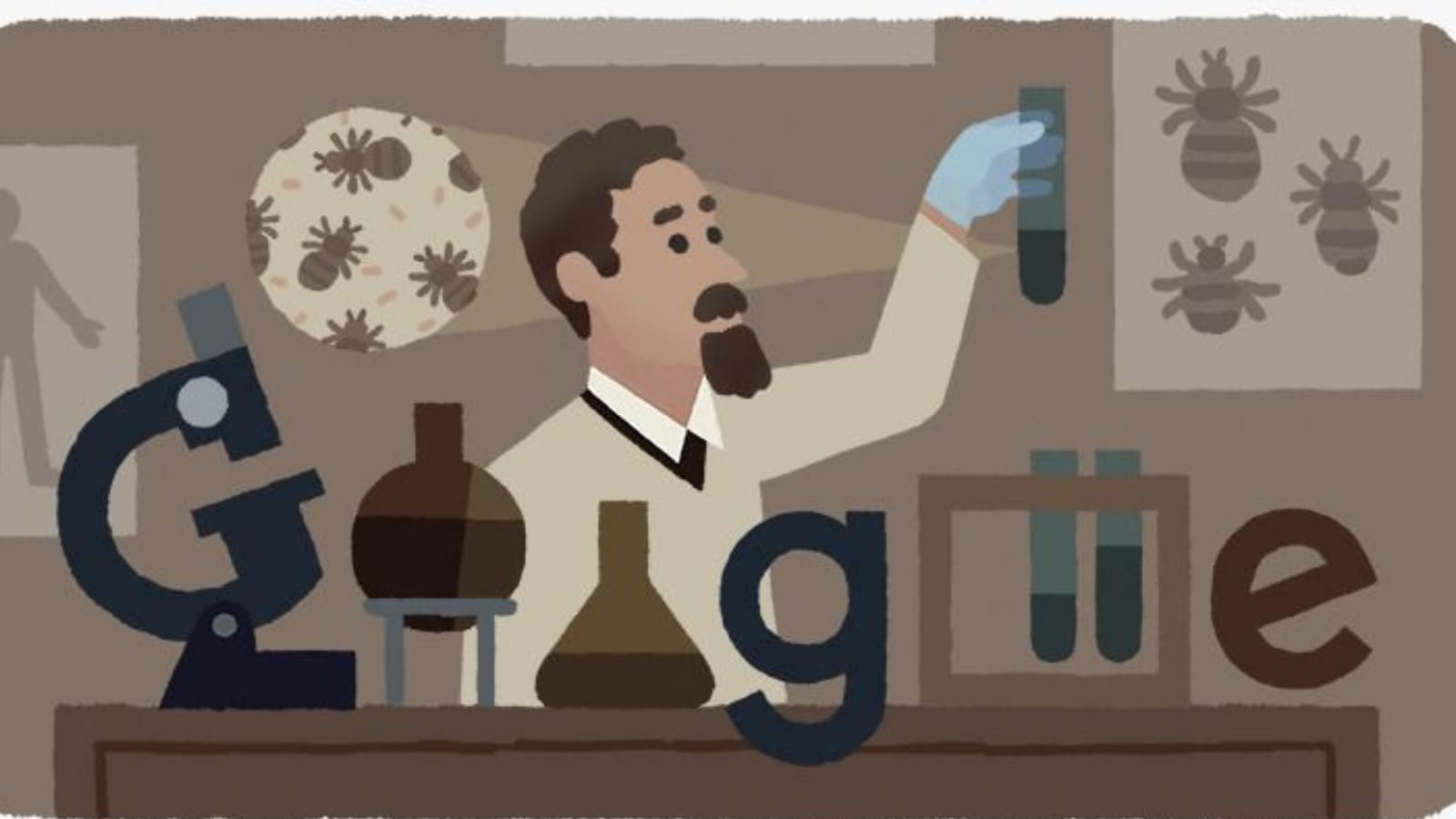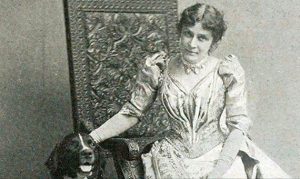Rudolf Stefan Jan Weigl, who is the subject of Thursday’s Google Doodle was a Polish biologist, physician, and inventor. . Epidemic Typhus was an uncommon disease caused by a bacteria called Rickettsia prowazekii.
Weigl was also the founder of Weigl Institute in Lwów (now Lviv). This is where he conducted vaccine research.
Tech giant Google created a doodle on Thursday to mark the 138th birth anniversary of the scientist and paid tribute to the expert’s commendable contribution to the health and science wing.
Also Read: Time to break sweat: Scientists invent battery that runs on human perspiration
“From studying a tiny louse to saving thousands of human lives, the impacts your tireless work had on the world are felt to this day—Happy Birthday, Rudolf Weigl!” Google wrote on its website.
According to Google Doodle, An estimated 5,000 people were saved due to Weigl’s work during this period–both due to his direct efforts to protect his neighbors and to the thousands of vaccine doses distributed nationwide.
Doctor Weigl’s work has been honoured by not one but two Nobel Prize nominations.
About his research for the typhus vaccine, Weigl adapted the tiny lice, which were the carriers of typhus-infecting bacteria Rickettsia prowazekii into a laboratory specimen. His innovative research revealed how to use lice to propagate the deadly bacteria which he studied for decades with the hope of developing a vaccine. In 1936, Weigl’s vaccine successfully inoculated its first beneficiary.
Weigl is also known for his humanitarian move towards Jews. He gave shelter to a number of Jews to protect them from the execution by the Nazis.
Weigl, who was born in Prerau, then part of the Austro-Hungarian Empire, to Austrian-German parents, completed his graduation
from the biology department at the Lwów University. After his graduation, he received his doctorate degrees in zoology, comparative anatomy, and histology.
Also Read: How COVID-19 origin theories are more political debates than scientific
During World War I in 1914 Weigl was posted into the medical service of the Austro-Hungarian army and this is when he began research on typhus and its causes.
Weigl worked at a military hospital in Przemyśl, where he supervised the Laboratory for the Study of Spotted Typhus from 1918-1920. As he began researching and experimenting with the disease typhus, he discovered and developed a vaccine.







